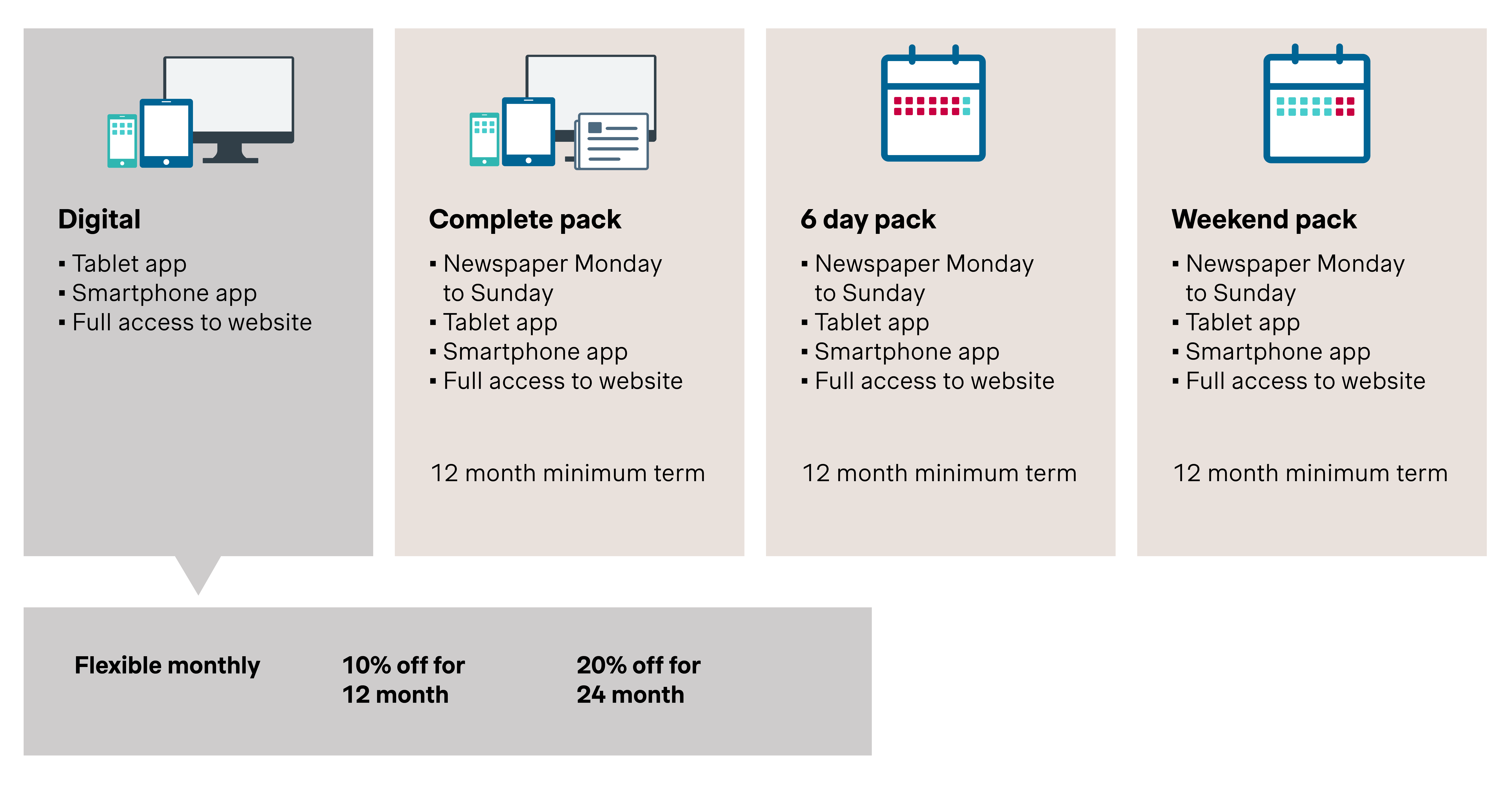What is a conversion path?
A conversion path refers to a customer's journey from the initial awareness stage to completing a purchase. It involves all touchpoints and steps during the conversion process from visitor to customer.
Analyzing and optimizing the conversion path is crucial to identify bottlenecks or areas of friction. These friction points, known as barriers, may hinder customers from completing the desired actions and harm your conversion rate. Barriers to conversion include complicated checkout processes, unclear messaging, lack of trust, slow website load times, poor user experience, limited payment options, and ineffective call-to-action buttons. Identifying and addressing these barriers is crucial for improving your overall conversion rate.
Let's start with some basic requirements for a successful conversion path.
Conversion path basics
Get the landing page design right:
- Design visually appealing and user-friendly landing pages that align with the brand image and message.
- Implement clear and concise headlines and subheadings that immediately convey the value proposition to visitors.
- Using high-quality images or videos that capture attention and showcase your product or service.
- Including social proof elements such as customer testimonials or reviews to build trust.
Make contact information easily accessible:
- Offer multiple channels for contacting customer support, such as phone, email, live chat, or social media.
- Provide clear instructions or forms for visitors to submit inquiries or requests for more information.
- Ensure prompt and helpful responses to inquiries to build trust and credibility with potential customers.
Include call-to-action buttons:
- Use compelling and action-oriented language on call-to-action (CTA) buttons to encourage clicks.
- Make the CTA buttons stand out visually with contrasting colors and placement.
- Test different variations of CTA button text and design to determine what resonates best with the audience.
- Prominently display CTA buttons and make them easily accessible throughout the website.
Know your target audience:
- Conduct thorough market research to understand your target audience's needs, preferences, and pain points.
- Create targeted messaging and offers that resonate with specific target audience segments.
- Tailor the conversion path to address different customer segments' unique characteristics and behaviors.
- Utilize data-driven insights to refine and optimize marketing campaigns and conversion strategies.
Ensure a seamless and intuitive user experience:
- Optimize website navigation and layout.
- Minimize page load times to reduce bounce rates and improve user satisfaction.
- Implement responsive design to provide a consistent experience across devices and screen sizes.
- Offer multiple payment options and streamline checkout to reduce friction and cart abandonment.
Understand your conversion rate:
- Implement A/B testing to experiment with different elements of the conversion path.
- Use website analytics data to identify drop-off points in the conversion path and address any issues or barriers.
- Personalize the customer experience based on past behavior and preferences to increase relevance and engagement.
- Continuously monitor and optimize the conversion path to adapt to changes in user behavior and market trends.
Get the most out of your website visitors:
- Implement tactics to drive targeted traffic to the website through SEO, content marketing, social media, and advertising.
- Use retargeting campaigns to re-engage website visitors who have shown interest but haven't converted.
- Segment website visitors based on behavior and engagement to deliver personalized messaging and offers.
- Monitor and analyze visitor data to gain insights into visitor behavior and preferences and inform optimization efforts.
Improving conversion with Gen AI and behavioral economics
Now that we've covered the conversion path basics, let's look at how to take your conversion strategy to the next level.
Everyone today is talking about Generative AI. Indeed, the technology has garnered significant attention due to its wide-ranging implications for businesses and customer interactions. GenAI can enhance efficiency, drive innovation, and deliver superior experiences that meet customers' evolving needs and expectations.
For example, Generative AI can power chatbots and virtual assistants interacting with users in natural language. It can also assist in creating creative content such as advertisements, social media posts, and email campaigns.
Something even more exciting happens when you combine generative AI with behavioral economics. Here, you leverage psychological principles to influence customer behavior more nuanced and effectively, taking your conversion path to the next level. Here's how this combination can be particularly impactful:
Content personalization. Generative AI can create personalized content tailored to individual users based on their preferences, behavior, and past interactions. You can increase user engagement and drive conversions by delivering highly relevant and engaging content.
Insights from behavioral economics, such as framing effects or loss aversion, enable you to craft messages that resonate more deeply with customers' emotions and motivations. For example, language emphasizing potential losses rather than gains can evoke a stronger sense of urgency and drive action.
Dynamic product recommendations. Generative AI can analyze user data and generate real-time dynamic product recommendations. You can suggest products that resonate with individual users using algorithms that understand user preferences and purchasing patterns.
Integrating behavioral economics into dynamic product recommendations helps influence customer perceptions of value. For example, highlighting products that are popular among similar customers can increase the likelihood of conversion.
A/B Testing and optimization. Generative AI can automate the process of A/B testing different variations of content and messaging to identify the most effective strategies for driving conversions.
Combined with behavioral economics insights, you can conduct experiments that reveal how psychological factors influence customer behavior. You can maximize conversion rates over time by iteratively refining strategies based on these insights.
However, while integrating Generative AI and behavioral economics holds immense potential, it's crucial to approach these technologies and principles cautiously. Without the proper knowledge and understanding, efforts to leverage GenAI and behavioral economics can backfire, leading to unintended consequences and adverse outcomes.
Therefore, it's essential to have oversight from true experts who possess the necessary expertise to navigate these complex domains effectively.
We at Simon-Kucher have unparalleled experience and proficiency in Generative AI and behavioral economics. We provide guidance and strategic insights to help businesses harness the full potential of these transformative technologies while mitigating risks and maximizing success.
Case study: Boosting conversion in a digital environment
Digitalization has brought about a seismic shift and disruption in the news media sector. As digital content becomes the primary news source, there's a swift and steady decrease in the paid circulation of print media.
Meanwhile, news outlets are losing their lifeblood. Significant changes in the advertising sector are making numerous business models outdated. Publishers are progressively adopting reader revenue models to ensure enduring sustainable growth.
How can publishers ensure that subscription models produce income and don't just turn into walls without payments? The secret to success is how they convey their proposition's worth.
Companies should aim to simplify the process for customers and promote the benefits of their content in a straightforward way. In the news industry, even the most minor shifts in conversion can significantly affect business performance.
Our client recognized that up- and cross-selling were crucial for their expansion plans. This prominent publisher witnessed a natural growth phase after implementing a digital paywall and shifting to a subscription-based business. Their goal now was to enhance their online storefront to boost customer conversion.
Simon-Kucher was ready to assist this prominent publisher in achieving the following goals:
- Chart the customer's path. Our client had successfully drawn a large crowd with their content, with many readers on the brink of buying. By thoroughly understanding the customer's path, we could pinpoint strategies to nudge them toward purchasing.
- Eliminate barriers to conversion. Transforming readers into paying subscribers necessitates a swift and effortless process. By pinpointing user experience issues, we could eradicate any obstacles to conversion.
- Revamp the product range. Our client's offerings consisted of a wide array of products that didn't necessarily complement each other or leverage the value readers placed on products. We highlighted the benefits and features, enabling customers to see various appealing digital products rather than random offerings.
- Persuade a varied group of stakeholders. Consumer choice isn't always logical or easily justified in a digital setting. To ensure the organization's buy-in, we had to communicate the importance of signaling and prove how psychological techniques sway choice.
We knew that to boost conversion, the newspaper had to provide more than just news. Our initiative aimed to discover improved methods of marketing content to readers, encouraging them to spend more without merely hiking up the prices.
We followed a three-phase, research-led approach:
- Perform an in-depth review of the digital environment. Our initial step involved conducting a comprehensive review of the digital environment and charting the customer journey. We scrutinized the newspaper's paywall testing strategy and compared it with competitors regarding engagement, cross-selling, and up-selling. This allowed us to identify the metrics that needed improvement, uncover deficiencies in the product, and pinpoint opportunities for growth hacking.
- Execute user simulations guided by data-driven hypotheses. After ranking our hypotheses, we moved into the simulation stage. We could mimic realistic buying situations by running thorough simulations of the online reader experience. Through a sequence of A/B tests, minor modifications and updates were implemented progressively. On the backend, we monitored behaviors, assessed potential alterations to the online product, and estimated the probable impact on conversion.
- Guarantee that suggestions lead to organization-wide execution. By offering data-driven and persuasive suggestions, we convinced all stakeholders of the necessity for change and guaranteed the successful execution of the new product range.
Shifting focus from the paywall to the product
Before our initiative, a perplexing assortment of products needed to align with customer tastes. We managed to effect a fundamental change. Now, customers can see what they are paying for. This solution also aims to optimize customer conversion via cross-selling and up-selling by utilizing psychological pricing strategies.

We've eliminated the elements that don't resonate with readers. Instead, this service emphasizes various types of access and commitment and showcases products visually and comprehensibly.
Customers can select a short-term, adaptable product or commit to 1- or 2-year subscriptions and receive financial savings as a reward for their long-term involvement. Using a device or accessing the newspaper on specific days will also affect the cost. However, all readers can be confident they will receive the same superior content, irrespective of their payment amount.
In the context of paywalls, newspapers must shift their narrative from "This article is only accessible if you pay" to "See the amazing benefits of subscribing!" Encountering obstacles hinders readers from obtaining what they desire. This initiative demonstrated that there are more effective methods to boost conversion.
The publication implemented our suggestions and witnessed an enhancement in conversion rate by up to 25% within the initial six weeks. But the advancements don't end there. It's a continuous cycle of experimentation and learning! The implementation underscored several other prospects for ongoing optimization, consistently being examined and refined.

How can you boost conversion in a digital environment? Begin by contemplating how you can enhance the presentation of your offerings. Concentrating on the distinct advantages you provide consumers establishes a robust base for augmenting revenue via growth hacking!
How we can help
At Simon-Kucher, we are uniquely positioned to help you enhance your conversion paths by leveraging our pricing strategy, value proposition optimization, and sales effectiveness expertise. Our proven methodologies and data-driven approach enable us to identify and address barriers to conversion, ultimately driving better results for our clients.
Our team of experts works closely with you to implement recommendations and ensure successful execution. Whether redesigning the offering, refining pricing strategies, or improving the user experience, we provide actionable solutions that drive tangible results.
Unlock new opportunities for growth and increase your conversion rates. Reach out to Simon-Kucher.




